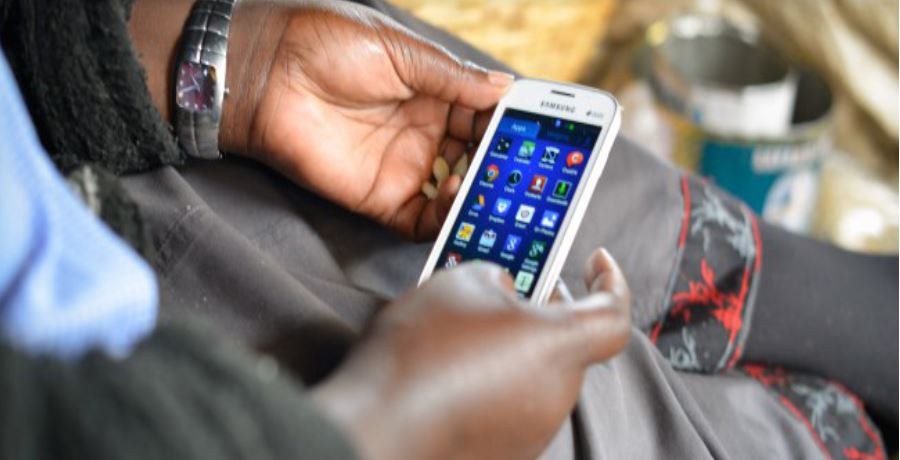
In much of Sub-saharan Africa, mobile phones are more common than access to even things like electricity. A decade after these devices began to spread in Africa, they have become very common even in the continent’s poorest countries.
Mobile phones have become pivotal platforms for digital and financial inclusion, in particular for millions of people in underserved communities, complementing efforts of governments and private sector partners.
In fact according to the Jumia Mobile Week 2018 white paper launched back in March, at the beginning of 2017, there were 420 million unique mobile subscribers in Sub-Saharan Africa. By 2020, Jumia forecasted that the region will have more than 500 million unique mobile subscribers. At the GSMA ‘Mobile 360 – Africa’ event held in Kigali last month, GSMA also released its Mobile Economy report which forecasted that More than half of the population of Sub-Saharan Africa will be connected to mobile service by 2025. This means there will be 634 million unique mobile subscribers across the region which is equivalent to 52 percent of the population, up from 44 million (44%) at the end of last year.
Sub-Saharan Africa has been described as the world’s fastest growing mobile region in the recent years. These smartphone connections according to the Jumia White Paper are expected to double over the next two years to nearly 200 million, thus accounting for a 25 percent of all mobile connections in 2016.
The region’s current mobile penetration rate (44 percent of the population) is significantly below the global average of 66 percent.
So why is mobile penetration in the region increasing?
Well, the key factors supporting the adoption is largely driven by the improving affordability of smartphones according to the Jumia white paper Jumia. The same sentiments are shared in the GSMA report. The report notes that smartphone adoption continues to increase rapidly thanks to lower device costs, which is serving to accelerate migration to 3G/4G mobile broadband networks and services.
In 2017 Mobile technologies and services accounted for 7.1 percent of GDP across Sub-Saharan Africa, a contribution that amounted to $110 billion of the economic value added. By 2022, the region’s mobile economy is forecast to generate more than $150 billion which is 7.9 percent of GDP of economic values.
“Sub-Saharan Africa’s mobile industry is showing strong progress in achieving the targets of the SDGs, predominantly through increased connectivity and access to information, but also through the delivery of services, such as mobile money, that increase productivity, improve well-being and reduce poverty,” John Giusti, Chief Regulatory Officer at the GSMA said.
According to Jumia, Mobile’s contribution to GDP will continue to rise as countries benefit from improvements in productivity and efficiency brought about by increased take-up of mobile services. The Increase in mobile internet adoption is also expected to contribute to this rise.
Locally, Jumia says, Kenya surpassed the 40 million mobile subscription in 2017 and now stands at 41 million with mobile penetration at 90.4% of the adult population.
John Giusti, Chief Regulatory Officer at the GSMA notes that “More needs to be done to extend connectivity to the remaining unconnected and underserved populations across Sub-Sahara Africa, but this will require a focus on long-term industry sustainability that can only be achieved through investment-friendly policies and supportive regulatory frameworks.”


